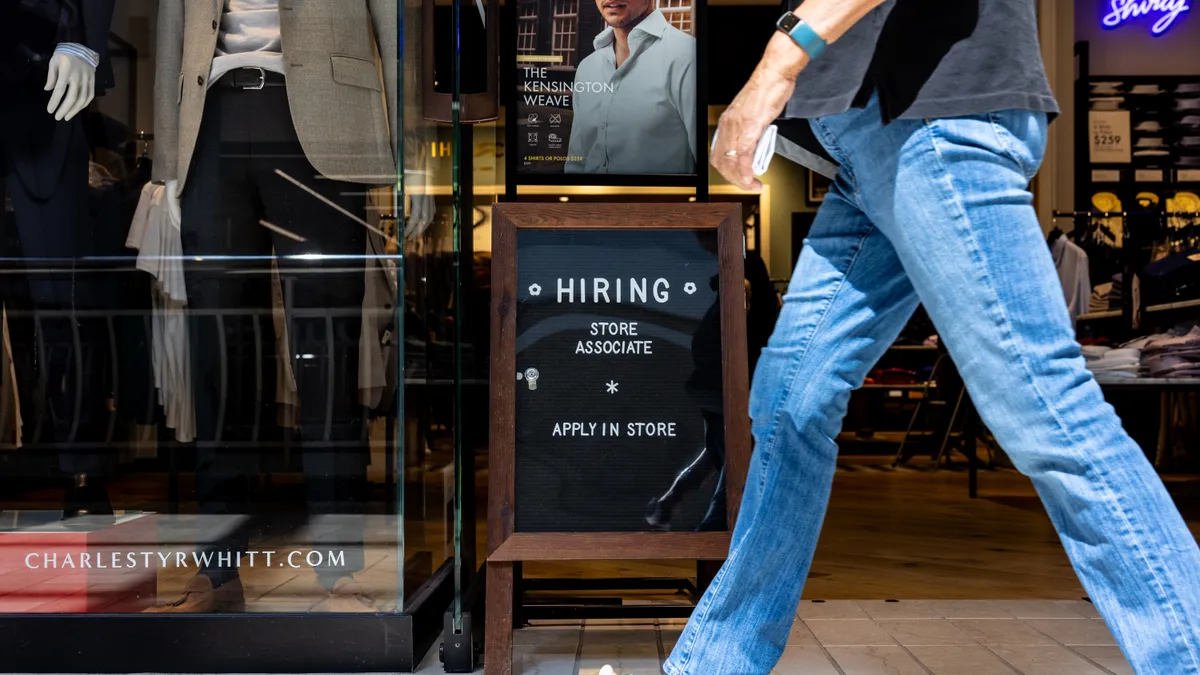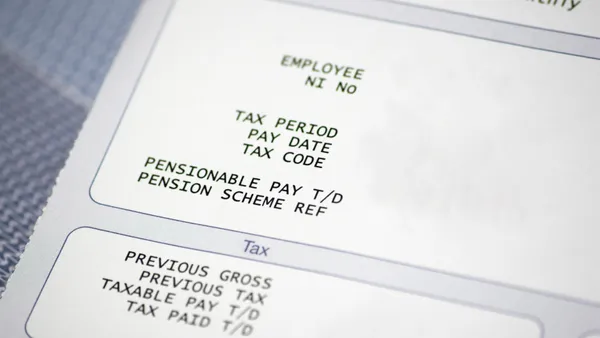Dive Brief:
- Faced with the need to attract and retain a competitive workforce and, at the same time, maintain or decrease overall operating costs, employers need meaningful data to make the best benefit decisions.
- According to a recent study produced by Arthur J. Gallagher & Co, the Best-in-Class Benchmarking Analysis, when compared to their peers, midsize and large "best-in-class" employers are more strategic in managing costs related to employee health and healthcare, the study found.
- In the midsize group, 38% of the best-in-class employers have a defined compensation philosophy (vs. 29% of peers). This tendency is even more pronounced for the large group at 52% (vs. 35% of peers). In addition, twice as many best-in-class midsize employers ranked improving employee health as a top-three HR challenge versus their peers (18% vs. 9%). The margin was even wider for large organizations (41% vs. 16%).
Dive Insight:
The best-in-class tendency to be more strategic was also evident in the way those companies managed HR. For example, flexible work schedules are offered by 66 of best-in-class midsize employers (vs. 50% of peers), and 68% of large employers (vs. 47% of peers).
Also, 85% of midsize employers (vs. 42% of peers), and 98% of large employers (vs. 61% of peers) have wellness programs. In promoting employees’ long-term financial security, 59% of midsize employers take steps to gauge the retirement readiness of their employees (vs. 29% of peers). For large employers, this trend is even more prominent (65% of best-in-class vs. 32% of peers).
The analysis, which surveyed 3,031 organizations, focuses on identifying an optimal approach, and can help employers both redefine and refine the benefit strategies, tactics and operational execution needed to succeed.










